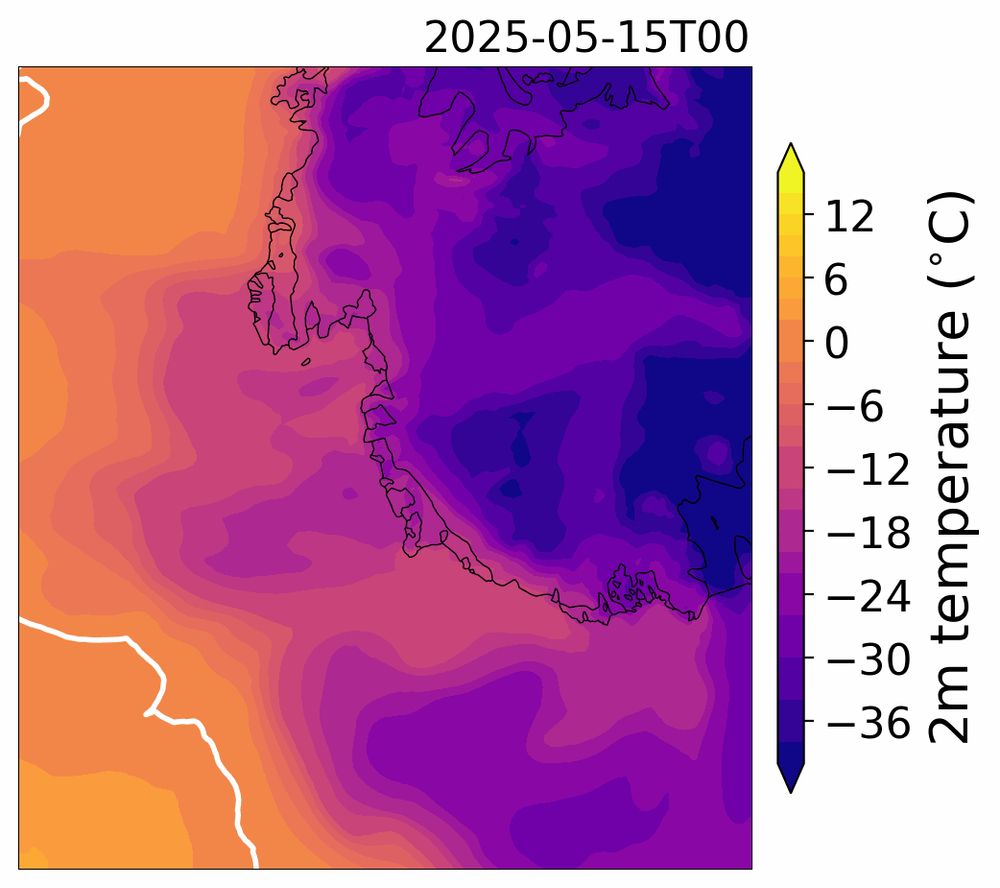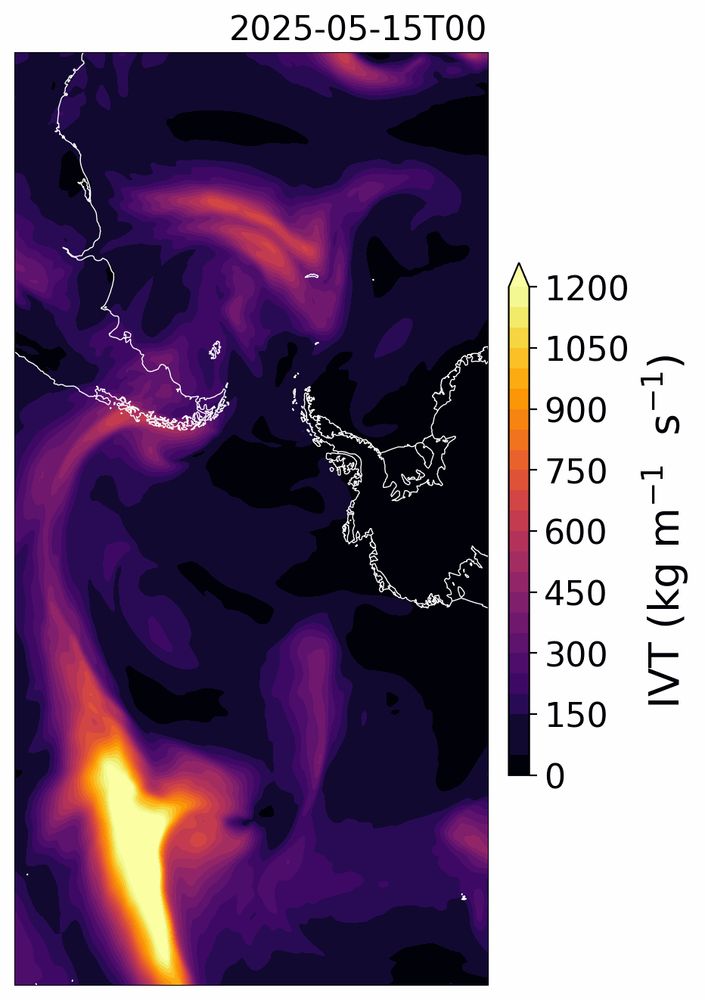Michelle Maclennan
@michelle-maclennan.bsky.social
79 followers
110 following
16 posts
she/her
PhD candidate at CU Boulder (just defended 🎉)
Antarctic surface mass balance and atmospheric rivers ❄️☁️
joining British Antarctic Survey in 2025 🇦🇶
Posts
Media
Videos
Starter Packs
Reposted by Michelle Maclennan
Dr Ella Gilbert
@drgilbz.bsky.social
· Feb 11

Extreme precipitation associated with atmospheric rivers over West Antarctic ice shelves: insights from kilometre-scale regional climate modelling
Abstract. We explore how atmospheric rivers (ARs) in a summer and winter case interact with the topography of the Amundsen Sea Embayment, West Antarctica, and deposit significant precipitation amounts...
tc.copernicus.org











